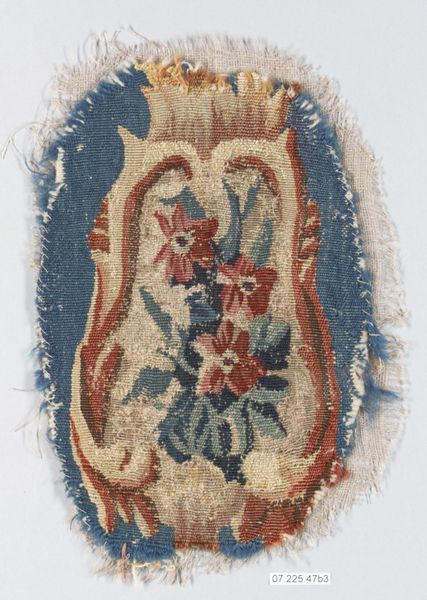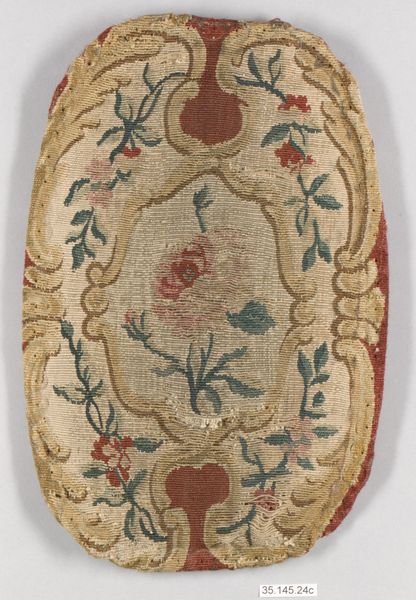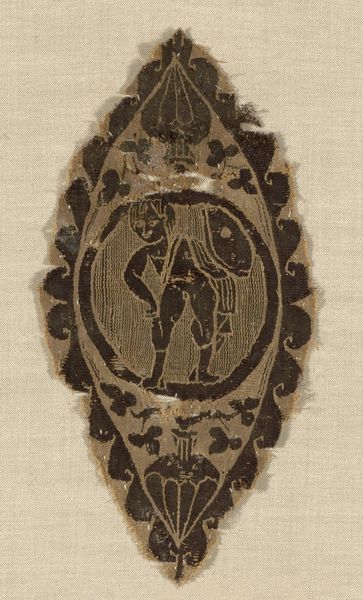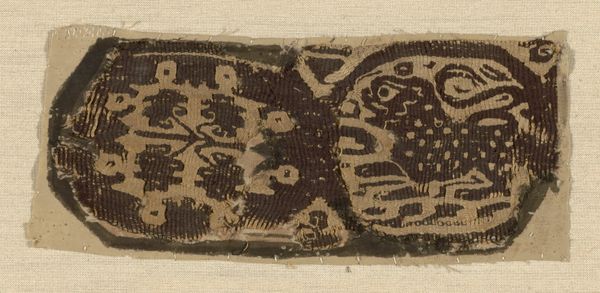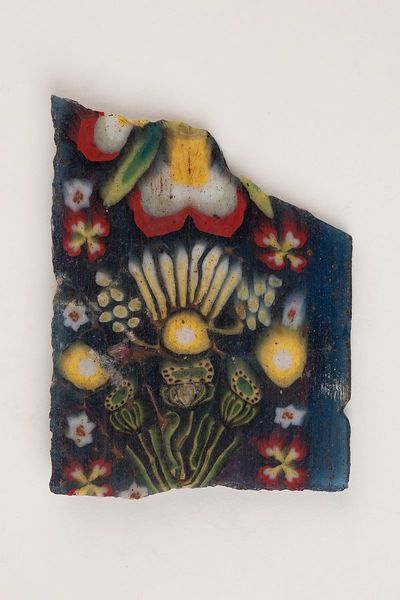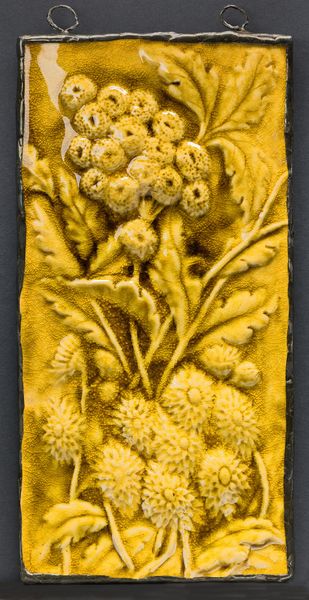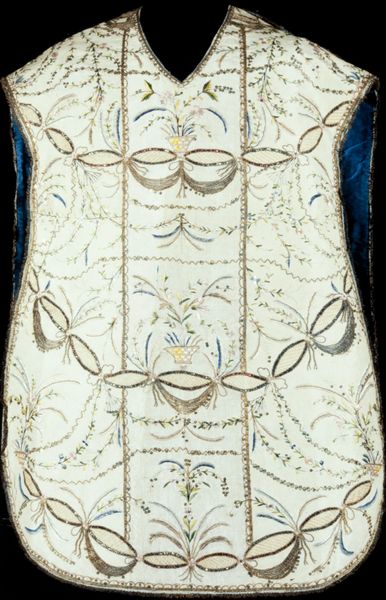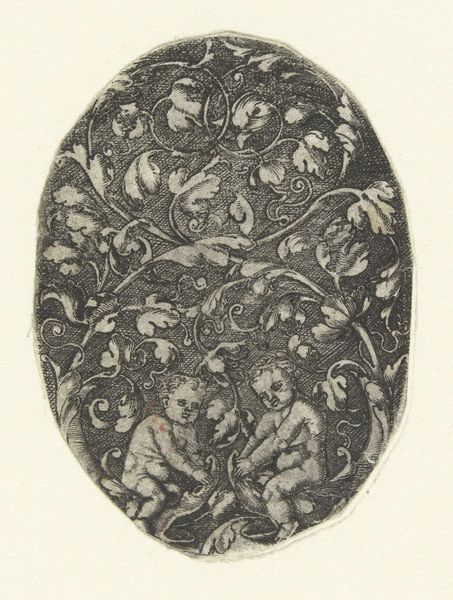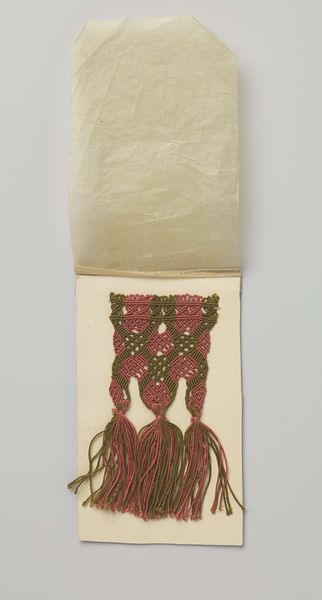
weaving, textile
#
weaving
#
textile
#
decorative-art
#
rococo
Dimensions: 11 × 6 in. (27.9 × 15.2 cm)
Copyright: Public Domain
Editor: Here we have "Rocaille cartouche with flowers," made sometime between 1730 and 1755. It's a weaving of textile, and part of the collection at the Metropolitan Museum of Art. It looks almost like a fragment; the edges are frayed, but you can still see the floral design. How can we view a Rococo weaving with a critical eye? Curator: The fragmentation is crucial. Forget the flowers for a moment. Instead, focus on the weave itself, and consider its production. Beauvais, the presumed origin, was a major tapestry workshop. This wasn't ‘art’ in the high art sense but a commercial venture, dependent on skilled labor, a complex manufacturing process and access to dyes. Editor: So, the value isn't just in the design, but in the material production and social context? Curator: Exactly. Who made it? What were their working conditions? Who was buying these things? And for what purposes were such textiles used? Decoration, yes, but also displays of wealth, markers of social standing. How did the production of textiles mirror the development of mercantile capitalism in the 18th century? Editor: That shifts the focus. I wasn't really considering its function as a status symbol, and I also failed to reflect on the conditions surrounding textile manufacturing at the time. Curator: The floral design is beautiful, but think about where the materials came from. Were they locally sourced? What about the labor? What kind of social relationships were needed to create such textiles? This cartouche presents not just an aesthetic object, but the evidence of its complex production, and all the human involvement which supported it. Editor: Thanks, that really gives me a new way of approaching the piece. I will have to focus more on the background instead of the motif. Curator: Precisely. Keep digging into the processes and conditions of making, and you’ll be surprised what this textile reveals.
Comments
No comments
Be the first to comment and join the conversation on the ultimate creative platform.
